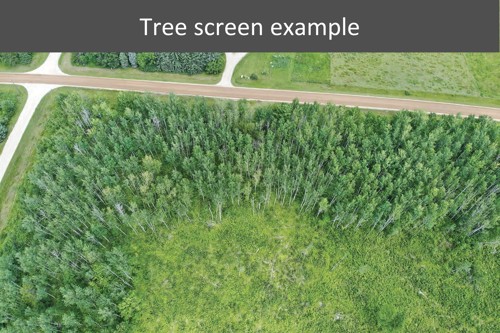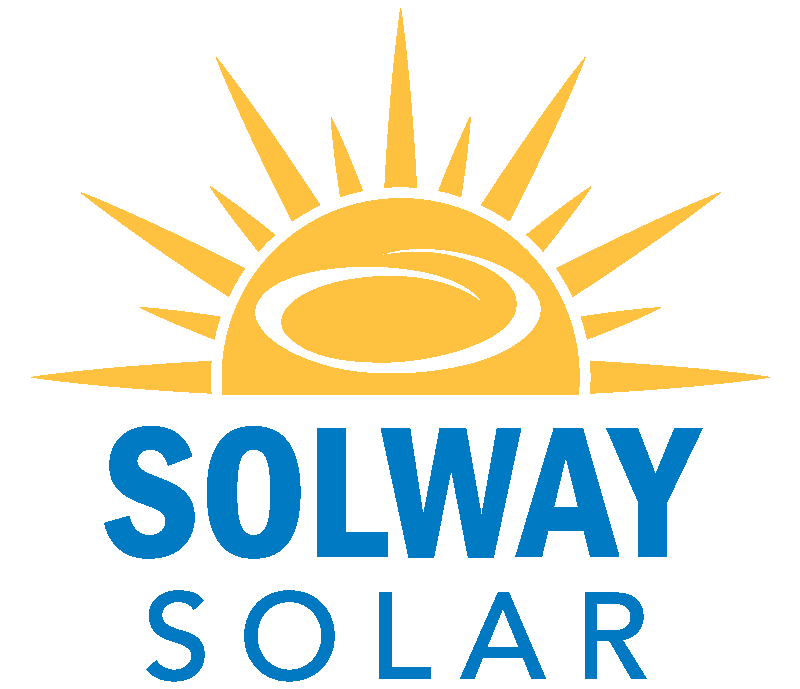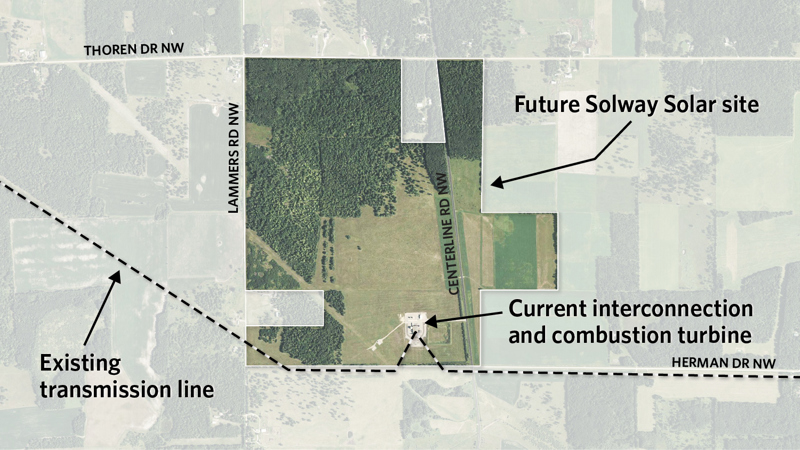Q: Will Otter Tail Power plant pollinator-friendly and other native plants?
A: Yes. As we continue working on project specifications, we plan to minimize impact to the environment and enhance habitat by planting pollinator-friendly and native vegetation for wildlife cover, food, and nesting areas.
Q: What kind of fence will surround the solar facility?
A: We’ll use fencing materials and revegetation, where practical, that blend in with area aesthetics to help reduce visual impact. This likely will be an eight-foot agricultural woven wire fence surrounding the array areas to secure the site for public safety.
We’ll clear some of the trees within the project site but are leaving existing areas of trees along the perimeter to create natural screening. The main view of the project will be along both sides of Centerline Road just north of our Solway Combustion Turbine.


Q: Do solar farms interfere with cable/satellite TV or cell service?
A: We’re not expecting electrical interference impact on cable, satellite, or cell service.
Q: What’s the noise level of an operating solar farm?
A: The tracking system rotation is so quiet that you’d need to be standing right next to it to hear any sound.
The main sources of sound are the inverter stations. At approximately 50 feet away, the inverter sound level is about 67 A-weighted decibels (dBA): louder than a normal conversation setting (60 dBA) and less than a household washing machine (70 dBA). The inverter stations will be at least 100 feet from the boundary of the project site and even further from the nearest residence.
Q: Are there any wetlands in the area?
A: Yes. We plan to construct Solway Solar in adherence with county and township ordinances as well as state and federal wetland regulations. We’ll design the project to have minimal impacts to wetlands, which are primarily in the northwest corner of the project site.
Q: Will there be any fire concerns?
A: Solar photovoltaic projects have an inherent fire safety hazard due to their energized low- and medium-voltage electrical equipment. We’ve developed a conceptual project design and set of project specifications that seek to meet local fire codes and local fire department requirements, including properly sized gated access points to the site and internal road turnarounds for fire department vehicles.
We plan to develop and maintain site safety and emergency preparedness procedures to direct emergency first responders on how to keep personnel safe and properly respond if a hazardous event or fire occurs. We’ll communicate these plans to local law enforcement and fire departments.
Q: What is the purpose of the fence?
A: A fence surrounding the site is for public safety and to protect from unauthorized access. During operation, the site will contain electrically energized equipment that can be dangerous to the public.





